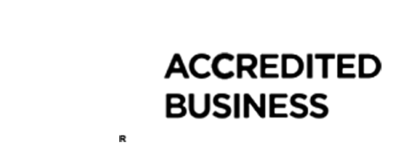“How to Clean Smoke Damage From Wood: A Comprehensive Guide”
Welcome to the ultimate guide on how to clean smoke damage from wood. Whether your wooden surfaces have been affected by a fire, cigarette smoke, or other sources of smoke, restoring them to their former glory is essential. Smoke damage not only affects the appearance of wood but can also pose health risks due to the lingering odor and potentially harmful residues. In this article, we’ll explore effective methods and techniques to safely and thoroughly clean smoke damage from wood surfaces, ensuring a clean and healthy environment for you and your loved ones.
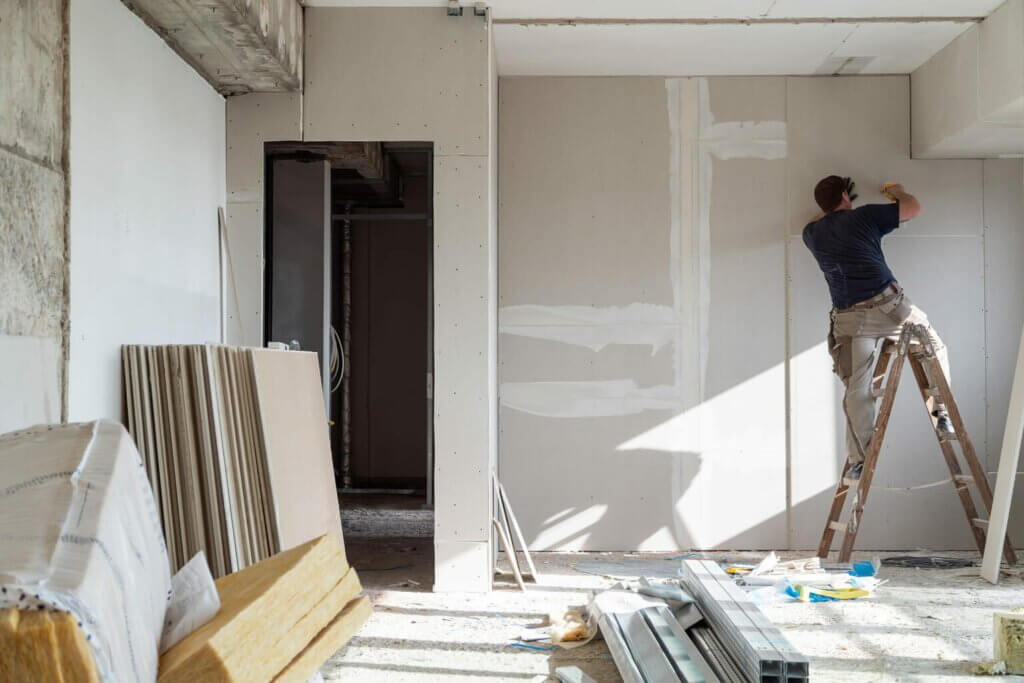

Understanding Smoke Damage on Wood
Before diving into the cleaning process, it’s crucial to understand how smoke damage affects wood. Smoke residue consists of fine particles and chemicals that can penetrate the porous surface of wood, leading to discoloration, odor absorption, and even structural damage over time. Different types of wood may react differently to smoke damage, requiring tailored cleaning approaches.
Assessment of Damage
Inspection of affected wood surfaces
Before embarking on the cleaning procedure, it’s imperative to conduct a comprehensive evaluation of the wood surfaces affected by smoke to gauge the magnitude of the damage incurred. This entails scrutinizing the surfaces for any evident traces of soot, unsightly stains, or noticeable discoloration while also investigating potential structural harm attributable to the fire. Such meticulous inspection serves as a vital precursor to formulating an effective cleaning strategy tailored to address the specific needs of the damaged wood surfaces.
Identification of the extent and severity of smoke damage
During the inspection, it’s crucial to gauge the breadth and intensity of smoke damage meticulously. This entails pinpointing regions with significant soot accumulation, scrutinizing any signs of wood charring or burning, and appraising the general state of the affected surface. Armed with this data, one can strategize the optimal cleaning approaches and methods to restore the impacted area effectively.
Preparation for Cleaning
Gathering necessary materials and equipment
Preparing for a thorough cleaning session involves assembling essential tools and materials, like dry cleaning sponges, brushes, and vacuum cleaners. Additionally, specialized cleaners or degreasers might be necessary for tackling stubborn stains or grease buildup. Remember to prioritize safety by wearing personal protective equipment such as gloves and masks throughout the cleaning process.
Ensuring proper ventilation in the cleaning area
Ensure proper ventilation in the cleaning area to minimize exposure to potentially harmful smoke residues and cleaning fumes. Open windows and doors to allow fresh air to circulate, and consider using fans or exhaust systems to improve airflow further. Additionally, wearing a respirator or mask can help prevent inhalation of airborne particles during the cleaning process.
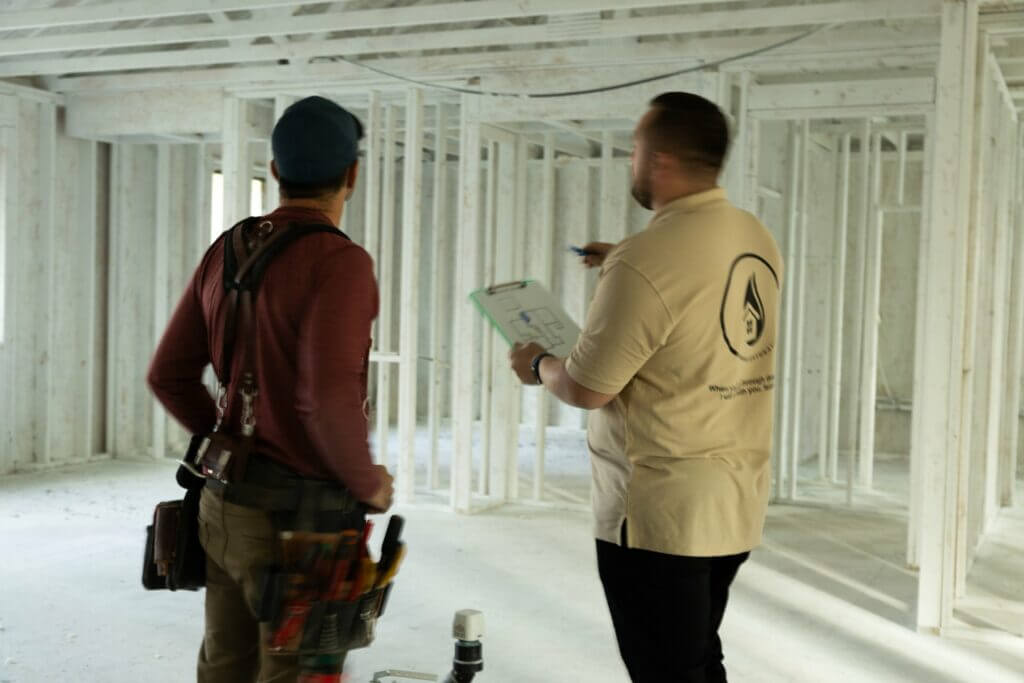

Cleaning Methods for Smoke-Damaged Wood
Now that you’ve assessed the damage, it’s time to proceed with cleaning the smoke damage from the wood. Below are detailed methods and steps to restore your wooden surfaces effectively.
Dry Cleaning Methods
Dry cleaning techniques are ideal for addressing light surface contaminants and providing an initial cleaning step before more intensive treatments are applied. They effectively remove superficial dirt and grime without the need for water or extensive soaking.
Method 1: Vacuuming
To clean the wood surface safely, utilize a vacuum cleaner equipped with a soft brush attachment to eliminate any loose soot and debris present delicately. This method helps prevent scratching or damaging the wood while effectively removing unwanted particles.
Method 2: Dry Cleaning Sponges
Dry cleaning sponges, often referred to as chemical sponges, are adept at removing surface smoke residue from wood without introducing additional moisture. Their specialized composition enables them to lift away soot and grime efficiently while preserving the integrity of the wooden surface.
Wet Cleaning Methods
Wet cleaning methods offer a more thorough solution for eliminating persistent smoke residue and odors. They penetrate deeper into surfaces to effectively restore them. Their efficacy lies in their ability to tackle even the toughest residues, ensuring a complete and refreshed outcome.
Method 3: Mild Detergent Solution
To effectively clean wood surfaces, create a solution by mixing warm water with a mild detergent. Then, use a soft cloth or sponge dampened with the solution to gently scrub the affected area in circular motions, ensuring to rinse with clean water and thoroughly dry afterward.
Method 4: Vinegar Solution
White vinegar, renowned for its acidic potency, is a potent cleaner for smoke-scarred wood surfaces. By diluting it with water in equal proportions and applying the solution to the affected areas with a cloth, the residue can be effectively eliminated, restoring the wood’s original luster after a brief period of treatment.
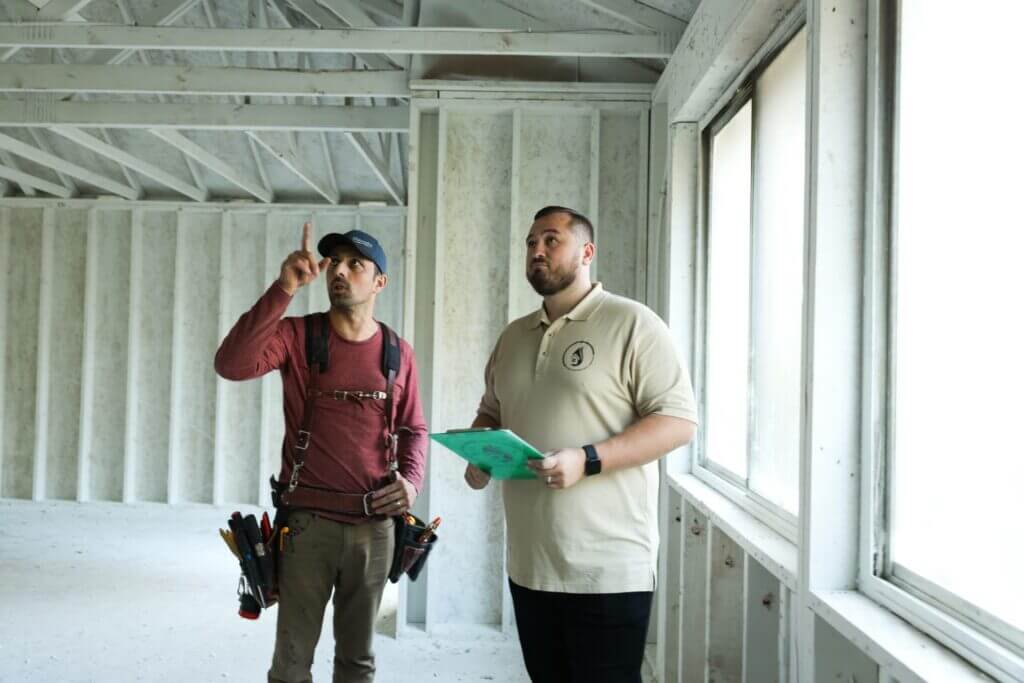

Sanding and Refinishing
Sanding damaged wood surfaces to remove deep-set smoke stains
For tougher cases of smoke damage or persistent stains resistant to conventional cleaning methods, use fine-grit sandpaper to meticulously sand the affected wooden surfaces. This effectively strips away the compromised outer layer and unveils a renewed surface beneath. This thorough sanding process not only removes the visible damage but also rejuvenates the wood, restoring its appearance and integrity.
Application of wood stain or sealant for restoration and protection
After sanding the wood surfaces, ensure they’re thoroughly cleaned and dried before applying a wood stain or sealant to revive their aesthetic and shield them from potential smoke damage and staining. Adhere closely to the manufacturer’s guidelines regarding the correct application technique and the necessary drying duration for optimal results.
Safety Considerations
Use of personal protective equipment (PPE) such as gloves and masks
When cleaning, it’s essential to wear suitable personal protective equipment (PPE), such as gloves and masks, to shield oneself from the dangers posed by smoke residues, cleaning chemicals, and airborne particles. These precautions minimize the risk of harmful exposure and ensure a safer cleaning environment for all involved.
Avoidance of harsh chemicals or abrasive cleaning methods that may damage wood surfaces
To preserve the integrity of your wood surfaces, opt for cleaning products designed specifically for them. These products are formulated to gently remove dirt and grime without causing harm. Avoid using harsh chemicals or abrasive techniques, as they can strip away protective finishes or scratch the wood’s surface, leading to potential discoloration or damage over time. By following these guidelines, you can maintain the beauty and longevity of your wood furnishings while ensuring they remain clean and vibrant for years to come.
Proper disposal of cleaning materials and waste
Proper disposal of used cleaning materials, including sponges, cloths, and disposable gloves, is essential for environmental safety. Following local regulations ensures that potentially harmful substances do not pollute soil or water sources. Avoiding the rinsing of cleaning solutions down drains prevents contamination and helps maintain ecological balance.
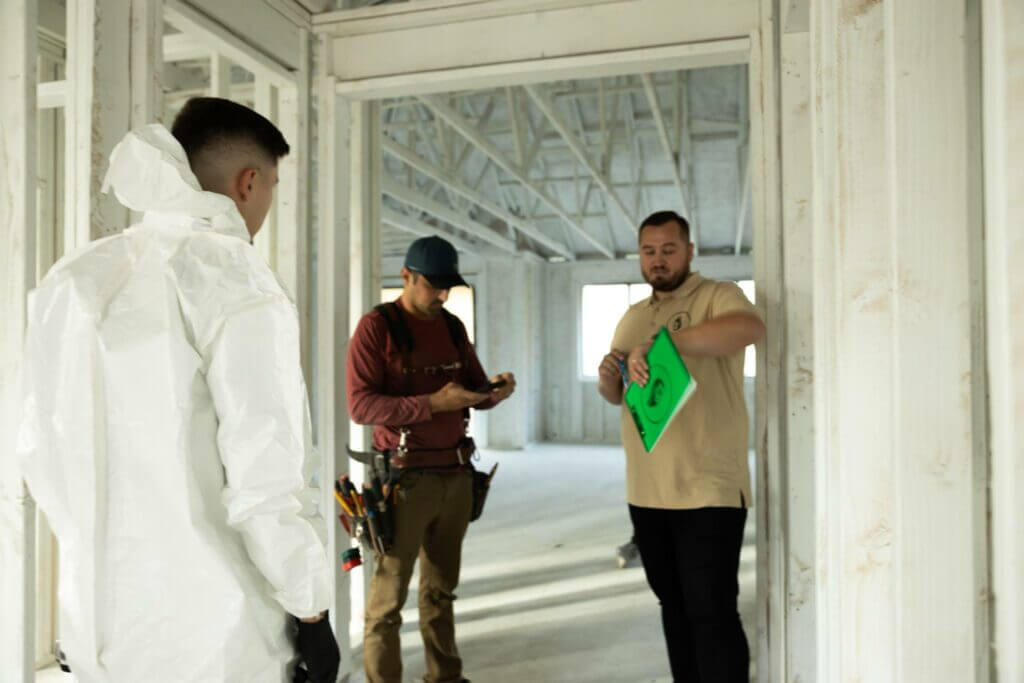

Preventive Measures and Maintenance
After removing smoke damage from your wood surfaces, ensure to apply protective finishes or sealants to safeguard against potential harm in the future. Additionally, maintaining proper ventilation and smoke detectors can help mitigate risks and preserve the integrity of your wood furnishings.
Proper Ventilation
To safeguard your home from smoke damage, prioritize proper ventilation to disperse lingering smoke particles and mitigate their impact on wooden surfaces. Consistent airflow not only reduces the concentration of smoke but also prevents it from settling on vulnerable materials, preserving the integrity of your wooden furnishings. Implementing regular ventilation practices serves as a proactive measure against potential deterioration, maintaining the quality and appearance of your home’s woodwork for years to come.
Regular Cleaning
Implementing a consistent cleaning regimen is crucial for maintaining the pristine condition of wooden surfaces, safeguarding them against the accumulation of dust, grime, and any lingering smoke residues. Regular cleaning not only enhances the wood’s aesthetic appeal but also extends its lifespan by preventing deterioration caused by environmental factors. By adhering to a structured cleaning schedule, you ensure that the charm and durability of your wood surfaces endure for years to come.
Sealants and Protective Coatings
Sealants or protective coatings are applied to wood surfaces to form a shield against smoke infiltration, ensuring easier cleaning and maintenance. These coatings effectively create a barrier that prevents smoke particles from permeating into the wood, preserving its integrity and appearance. By applying sealants, not only is the timber safeguarded from smoke damage, but it also simplifies the process of removing any residue or soot buildup, enhancing both the aesthetic and longevity of the surface.
FAQs (Frequently Asked Questions)
Can I use bleach to clean smoke damage from wood?
No, bleach can further damage wood surfaces and may not effectively remove smoke residue.
How long does it take to clean smoke damage from wood?
The time required depends on the extent of the damage and the chosen cleaning method. Light surface cleaning may take a few hours, while deeper cleaning may require professional assistance and several days.
Is it safe to use commercial smoke odor eliminators on wood?
While some commercial products may be safe for use on wood, always check the manufacturer’s instructions and test in a small, inconspicuous area first.
Can I paint over smoke-damaged wood?
Painting over smoke-damaged wood without proper cleaning can trap odors and exacerbate the damage. Ensure thorough cleaning and odor removal before applying paint or sealants.
What should I do if the smoke damage is extensive?
For extensive smoke damage or structural concerns, it’s best to consult professional restoration services for thorough assessment and treatment.
How can I prevent smoke damage to wood furniture in the future?
Implement preventive measures such as smoke detectors, fire safety practices, and regular cleaning to minimize the risk of smoke damage to wood furniture and surfaces.
Conclusion
Restoring wood surfaces tainted by smoke damage demands a meticulous approach, incorporating patience, diligence, and precise techniques to achieve optimal results. Through adherence to the step-by-step methods elucidated in this comprehensive guide, one can effectively erase the lingering effects of smoke, thereby revitalizing the wood’s natural luster and ensuring a pristine, healthy indoor environment. By adopting preventive measures alongside restoration efforts, individuals can safeguard their wood surfaces against future harm, preserving their beauty and integrity for years to come.

